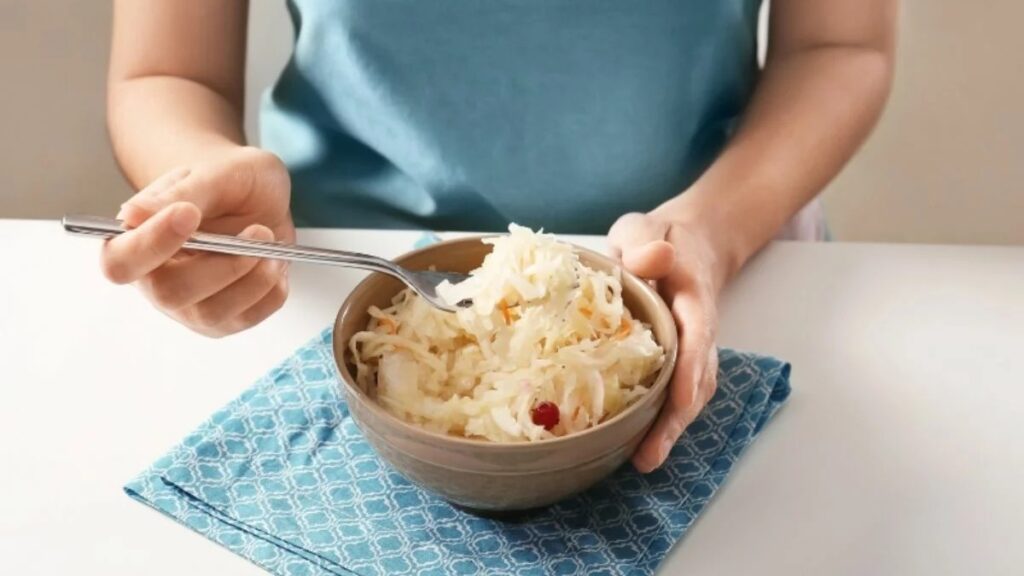Do you want to eat more local vegetables in winter but lacking recipe ideas? Would you like to learn how to cook your winter vegetable basket, but are puzzled by celery roots and turnips?
Don’t panic! With fermentation, you can turn many winter vegetables into tasty condiments and side dishes.
Why Ferment Winter Vegetables?
Eating local vegetables is possible all year round! Even in the winter months, you can get seasonal vegetables.
Winter vegetables are rich in minerals, vitamins, and amino acids that are essential for the good functioning of our bodies. However, we sometimes lack inspiration in preparing them! Luckily, lacto-fermentation allows you to make the most of these vegetables:
- Long shelf life: Fermenting vegetables reduces food waste. No more half rutabagas that end up in the compost!
- Easier to digest: Fermentation “pre-digests” the vegetables, which become more digestible. And once fermented, the vegetables are full of natural probiotics.
- Taste and flavour: During fermentation, some vegetables become milder, others develop surprising flavours. A world to discover!
- Preservation of nutrients: Fermentation preserves and improves the nutritional value of vegetables. An asset in winter, when fresh vegetables are scarce.
To find out more, see our article on the benefits of fermented vegetables.
Basic Guidelines for Fermenting Winter Vegetables
Root vegetables and winter vegetables ferment very easily. Here are our fermentation tips.
Steps
- Remove the thick peels and cut them into pieces
- Put in a jar and add salt + water (follow the basic steps of lacto-fermentation)
- Let ferment for a few days to a few weeks
- Enjoy!
Salt
It is usually recommended to add 2% of the total weight of the vegetables in salt. For more information on the quantities and type of salt to use, see our guide on salt and brine in fermentation.
Be aware! Some winter vegetables contain very little water. If they are not submerged when you put them in jars, add a little brine to cover them.
For more information, see Guide to Salt and Brine in Lacto-Fermentation.
Fermentation Time
Root vegetables are nutrient-dense and can withstand several months of fermentation. They are usually left to ferment for one to four weeks.
For more information, see our article on preserving vegetables through fermentation.
Ideas for Fermenting Winter Vegetables
To ferment vegetables, simply follow the principle: “vegetable + salt – oxygen“. Here are some recipe ideas to inspire you. Experiment with spices, types of vegetables, fermentation times, and more!
You can also try our fermented vegetable recipes.
Beet
After pickled beets, try lacto-fermented beets! Crunchy, tangy, and honestly delicious, they go well with salads, stews, fèves au lard, or raclettes.
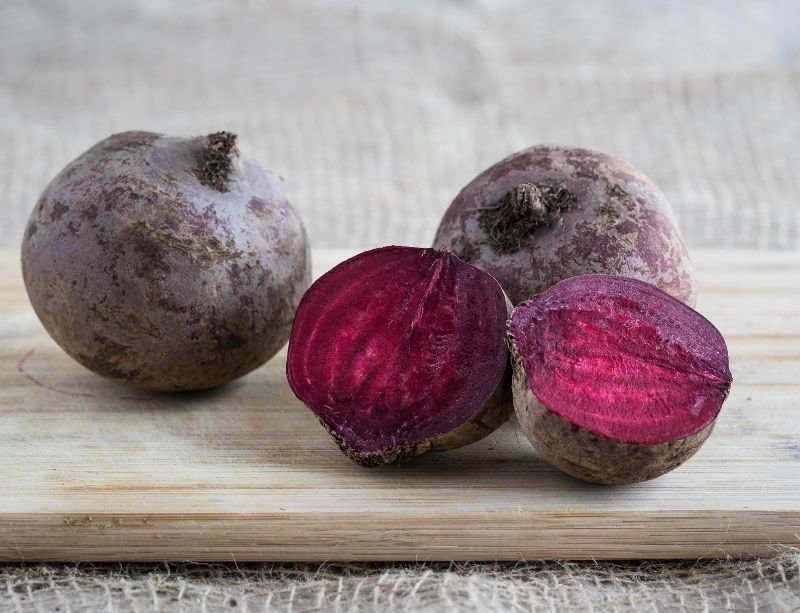
Beet Sticks in Brine
Peel and cut the beet. Place in brine with your favourite pickled beet herbs. Let it ferment for 3 or 4 weeks. Serve at your next sugar shack dinner.
Shredded Beet in Sauerkraut
Peel, shred, and mix with some cabbage or other root vegetables, avoiding staining your entire kitchen red. Ferment for 3 or 4 weeks.
Beet Kvass
Kvass is a fermented beet drink. It’s energizing, packed with probiotics, and very easy to make at home.
Carrots
Carrots are without doubt the most popular root vegetable! After cabbage, they are one of the easiest vegetables to ferment. They are also appreciated for their versatility.
They can be found in vegetable mixes (such as curtido), but can also be fermented on their own, in any shape: shredded, in sticks, in ribbons, whole, etc.
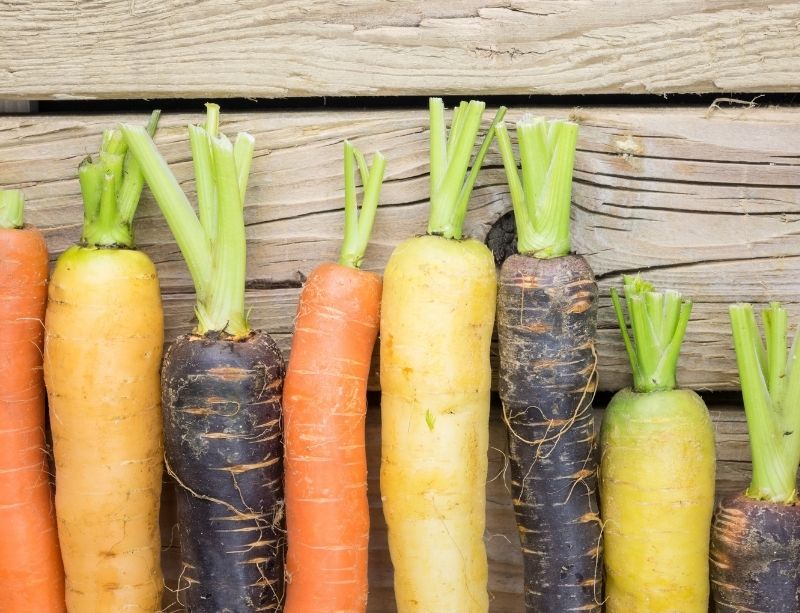
Fermented Carrot Sticks
Peel, cut into sticks and put in a jar with herbs. Eat directly from the jar in the middle of the night if you feel peckish at night.
Fermented Shredded Carrots
Peel, shred, and put in a jar. Let them ferment for 2 to 3 weeks, or longer (to taste). Add them to your sandwiches, burgers, and salads for a little crunch and flavour.
Carrots Mixed With Other Vegetables
Carrots add colour, texture, and flavour to any vegetable: cabbage, radishes, root vegetables, and so on!
Celeriac
Hiding under the celeriac’s strange skin is a crunchy, slightly sweet flesh. Its taste is reminiscent of celery, turnip, and broccoli, but much more delicate. It develops interesting aromas during fermentation.
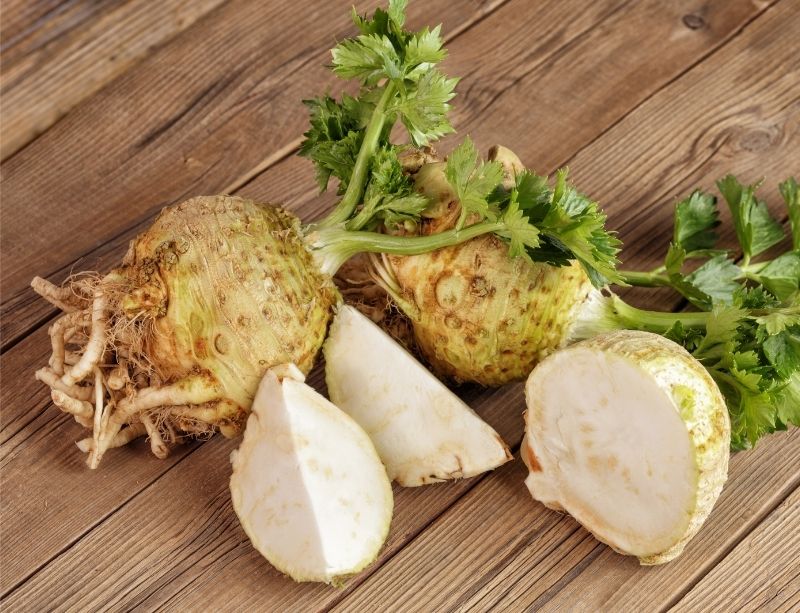
Remoulade Style Fermented Celeriac
Remove the peel, slice thinly. Add shredded apple, mustard seeds, and chopped green onions. Ferment for at least a week.
Celeriac in Sauerkraut
Remove the peel and shred. Don’t hesitate to use traditional sauerkraut spices such as caraway seeds or juniper berries. Ferment for 3 weeks.
Kohlrabi
When fermented, kohlrabi has the flavour of cabbage and the texture of radish. We like to use it to replace cabbage in kimchi, sauerkraut, or other fermentations. Our tip: remove the peel, which can be quite tough!
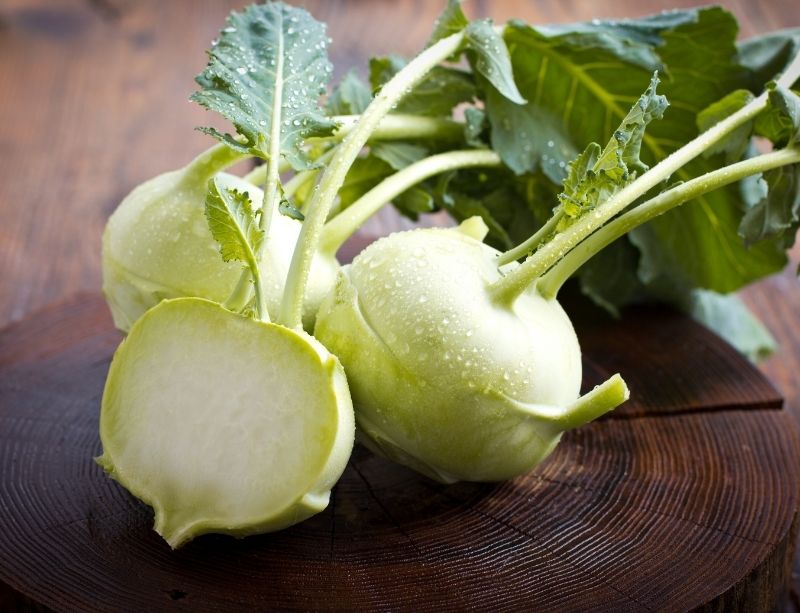
Kohlrabi in Sauerkraut
Replace cabbage with kohlrabi in the Eastern European sauerkraut recipe. Alternatively, experiment with mustard seeds and dill, or lemon and rosemary. Kohlrabi is quite neutral: have fun!
Kohlrabi Around the World
Kohlrabi can replace daikon radish in Korean kimchi recipes or cabbage in Salvadoran curtido. You will never notice!
Parsnips
Parsnips are white, creamy colour, with a delicate yet sweet taste. In fermentations, we like to mix them with carrots, slice them in a root vegetable mixture or allow them to shine alone in sauerkraut.
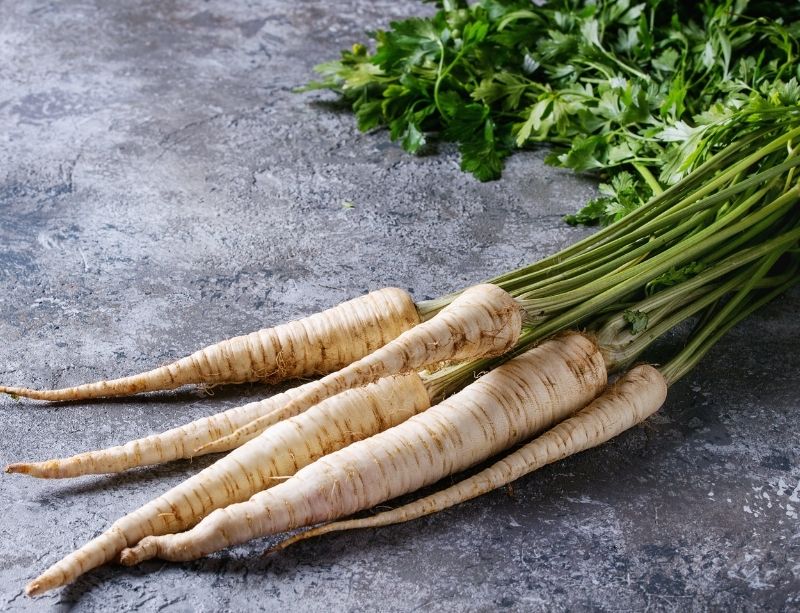
Lacto-Fermented Parsnips in Brine
Peel parsnips and cut into sticks. Use the same spices as for carrots. If you want to keep the sweetness of the parsnips, let them ferment for only one week.
Lacto-Fermented Parsnips in Sauerkraut
Peel and shred. Mix with carrots, add a little ginger, and let it ferment for several weeks.
Winter Radishes (Daikon, Black Radish, Etc.)
Although radishes are a symbol of spring, there are several varieties of radish that are resistant to colder temperatures. Daikon, black, and watermelon radishes keep their crunchiness and are packed with vitamins, even in winter.
During fermentation, these large roots retain their delicate flavour, but lose their spiciness.
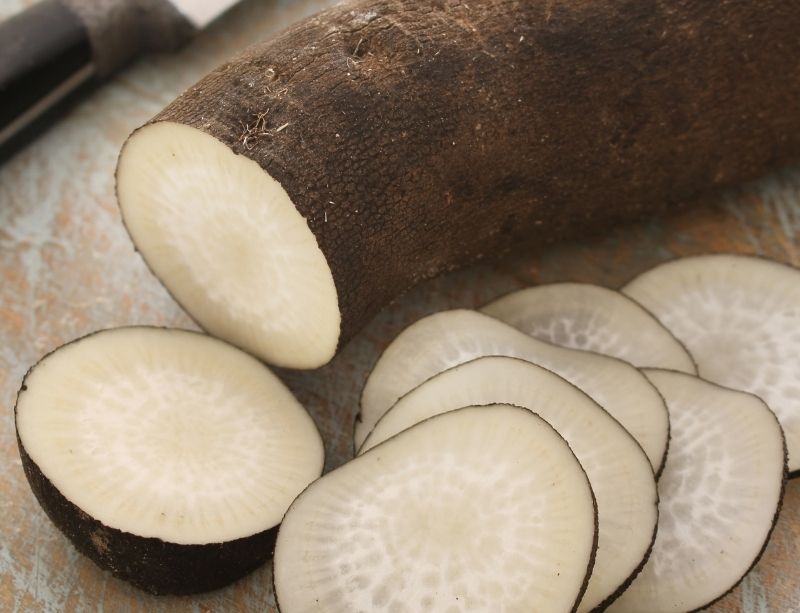
Radish in Brine
If the peel is thick, remove it. If not, keep the peel knowing that it will probably colour the contents of the entire jar. Cut into slices or sticks and place in brine. Let it ferment for at least a week.
Shredded Radish
Add to carrots for do chua, a delicious Vietnamese condiment for sandwiches.
Jerusalem Artichokes
Jerusalem artichokes are small, beige tubers. Although they are delicious roasted or raw, they are very popular when fermented. In addition to keeping their crunchiness, they have a delicate and tangy flavour, similar to hazelnut and artichoke. They are hard to resist!
Moreover, fermentation makes Jerusalem artichokes much more digestible.
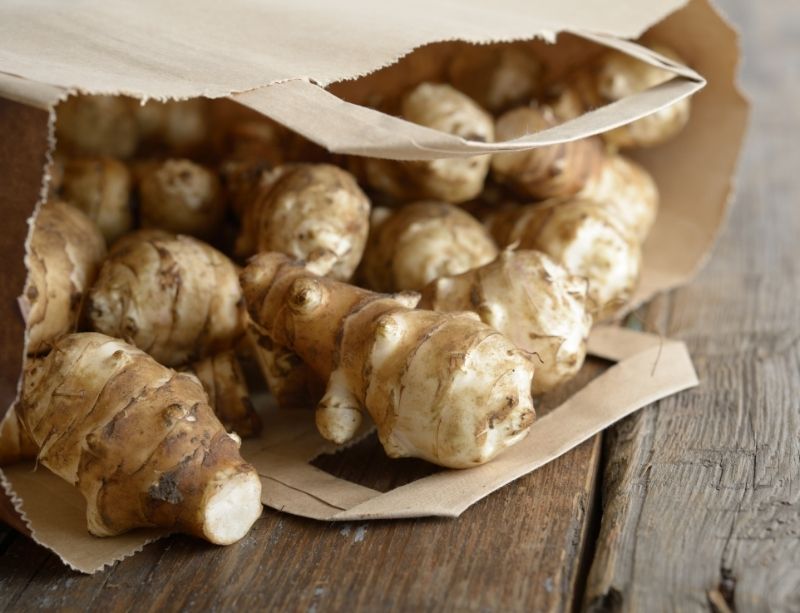
Lacto-Fermented Jerusalem Artichokes in Brine
Remove any damaged parts. Depending on your motivation, you can leave or remove the peel. Let it ferment for at least a week.
Rutabagas and Turnips
Turnips and rutabagas produce large bulbs with white or light yellow pulp and are ideal for fermentation. Their pronounced taste softens and acquires a pleasant acidity.
In Europe, sauerruben, a turnip sauerkraut, is very popular! It is eaten as a side dish or cooked in soups, pierogis, or latkes.
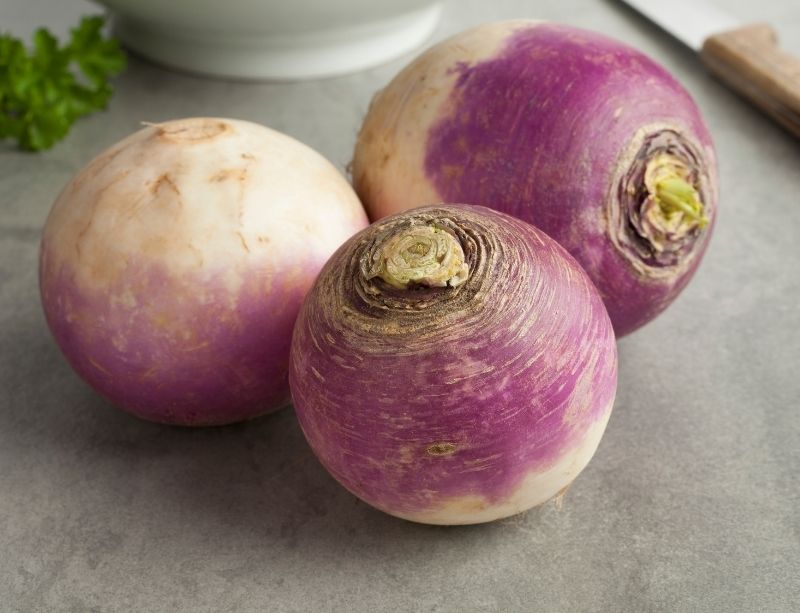
Fermented Turnip (Sauerruben)
Peel and shred. Let ferment for at least 3 weeks. Delicious on its own or with some pepper and fenugreek, the latter giving the turnips a little maple taste.
Lebanese-Style Pink Turnip Sticks
Adding beet to the turnips produces crunchy and pink sticks.
A real delight that goes well with Middle Eastern dishes (falafel, shawarma, kebab, etc.).
Once all these beautiful vegetables are fermented, discover our 44 ideas for eating them!

